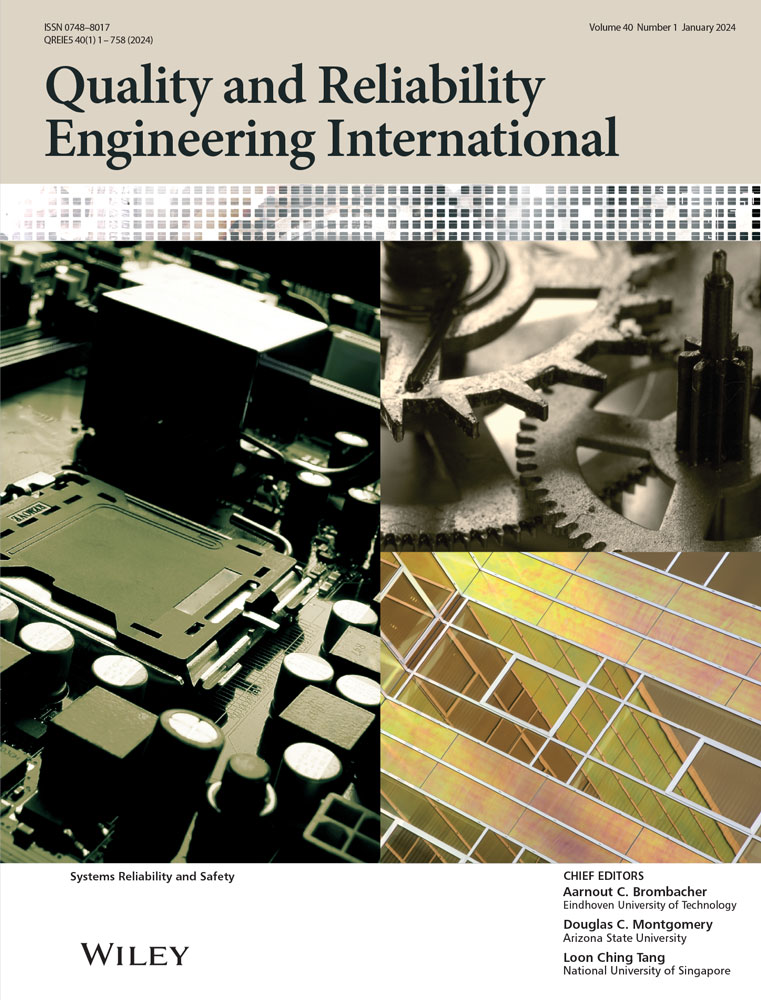Research on modeling in operator mental workload based on VACP method
Abstract
In the context of the applications of higher automation and complex system configuration in nuclear power plants (NPPs), ensuring nuclear safety by maintaining the reliability of the operators in main control room is become more crucial than ever before. As an essential dimension of physiological indicator, human mental workload is widely used in evaluating human performance and reliability. This paper presents an approach to evaluate the mental workload of operators using multiple resources in Visual, Auditory, Cognitive, and Psychomotor (VACP) model, and takes time pressure (TP) as a critical index. We have performed the approach by a real case study and analyzed the relationship between the operator mental workload and TP, task type and the error probability during the Loss of Coolant Accident (LOCA) under full power operation. There are two operating phases in the workload has been analyzed. Moreover, the relationship between human-error probability (HEP) and TP had been studied via volatility gain analysis for distinguishing which step of a task is of most important. The results shows that the fault remind (“informing LOCA”) is the first important fluctuation in the phase ignoring TP and HEP. On the other hand, the information validity (“ensuring control rods has been inserted to the bottom”) in the case considering TP is the most important. Because the high task load is positively correlated with human error, the research provides an important basis for preventing human errors in the phase of NPP designs, which will be especially useful in safety-critical tasks.
Open Research
DATA AVAILABILITY STATEMENT
Research data are not shared.




